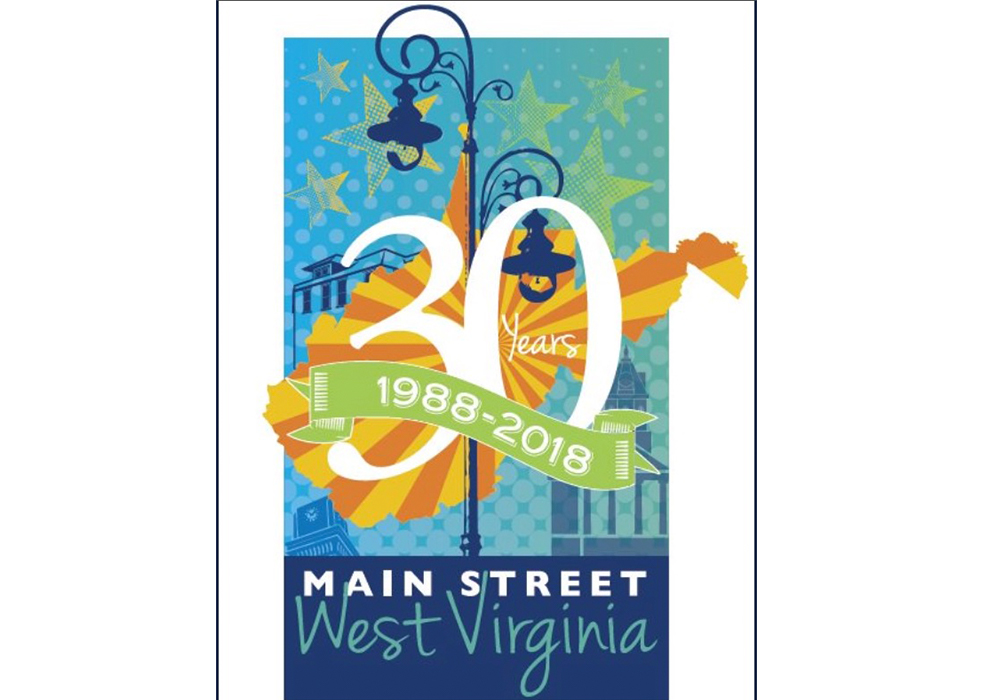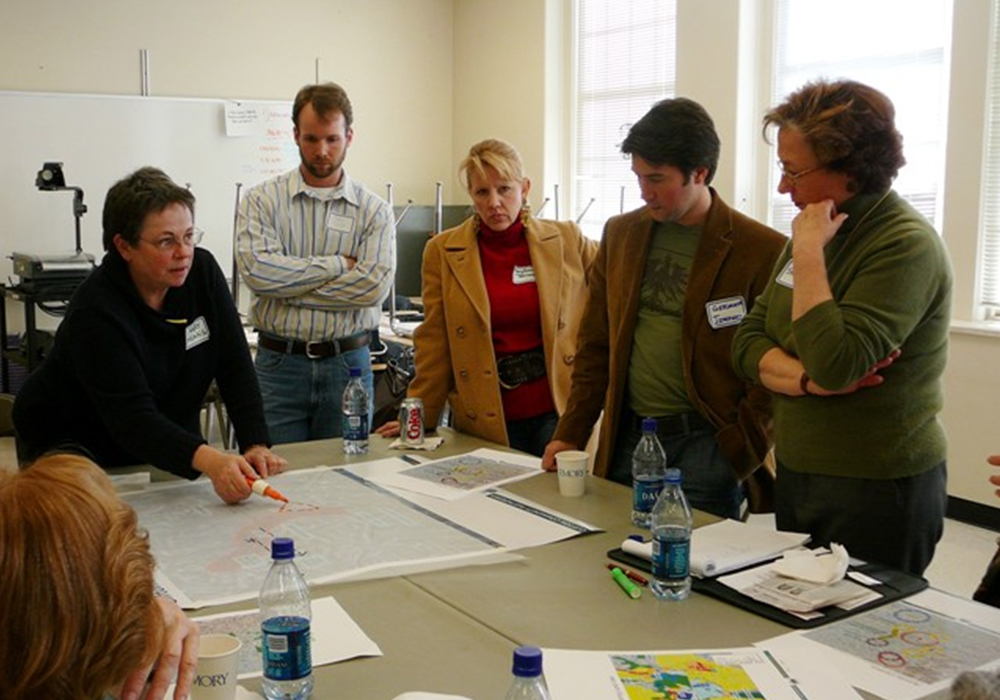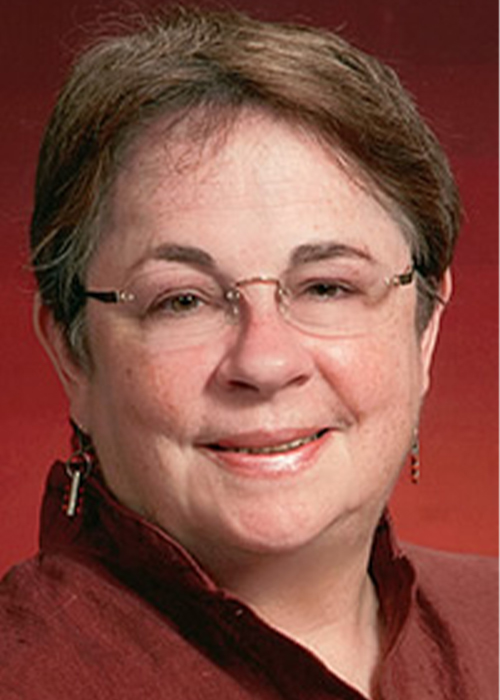Silver Spring, Maryland
Mary Means
2019 Planning Pioneers
Summary

Commemorative poster of one of the early adopters of the Main Street Program in West Virginia.
An award-winning community planner and innovator, Mary Means sparked and has led the movement in Main Street revitalization for nearly four decades.
While working at the National Trust for Historic Preservation in the 1970s as shopping centers were emptying downtowns, Means could see small towns needed tools to bring life back to historic town centers. She conceived of a three-town pilot project, then led the team that took it to scale nationally. Now known as Main Street America, the program provides an integrated framework to help communities transform their economies, leverage local leadership, and improve residents' quality of life.
Today, Means is a popular conference speaker and continues to help public interest clients envision and build the consensus to make their communities better places to live and work.
Process
Post-World War II urban renewal and redevelopment activities obliterated many neighborhoods, demolished historic buildings, and displaced families, many in low-income, minority communities. As shopping malls and big box retailers dotted the American landscape, many people began to doubt the commercial and cultural viability of downtown. Means led a new generation of planners and designers who hoped to counter these developments with programs that would not only prevent future losses but capitalize on existing infrastructure, historic character, and community to achieve prosperity.
The National Main Street program that she helped develop was the first of its kind that revitalized small towns by bridging people and places through their cultural heritage, by connecting the downtown's past, present, and future through historic preservation, economic development, urban design, and arts and culture. The Main Street methodology addresses four main priorities: drive economic development; enhance physical and visual design aspects of the commercial district; promote a community's unique characteristics; and cultivate partnerships, community involvement, and resources.

Since early in her career Mary Means, left, has advocated for the revitalization of downtowns in small towns and older town centers.
Engagement

Mary Means continues her work in community planning from her small but mighty firm, Mary Means & Associates in Silver Spring, Maryland.
As a consultant, Means has led multi-disciplinary teams for complex regional plans, managed visioning initiatives, helped institutions build partnerships with their neighbors, and coached organizations through difficult but necessary transitions. Through conference appearances and teaching engagements, Means has shared her vision of small-town revitalization while gaining insights into best practices in community development, civic engagement, and heritage tourism.
While serving on the American Institute of Certified Planners Urban Design Jobs Analysis Task Force, Means highlighted the Main Street program's components related to urban design. Those components eventually became part of the AICP Certified Urban Designer (CUD) advanced specialty certification exam.
Results
Through Means's efforts over nearly four decades, the Main Street movement has proved that downtowns are the heart of communities, and communities are only as strong as their core. The program she spearheaded laid the foundation for improving and revitalizing small towns and older town centers for many years to come.


